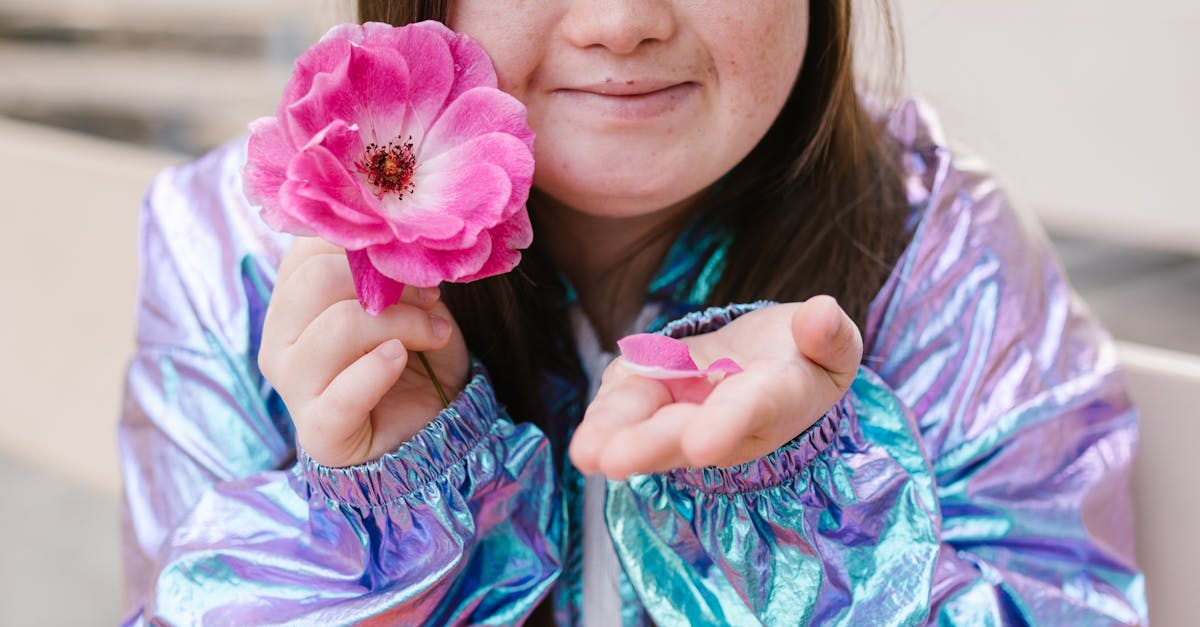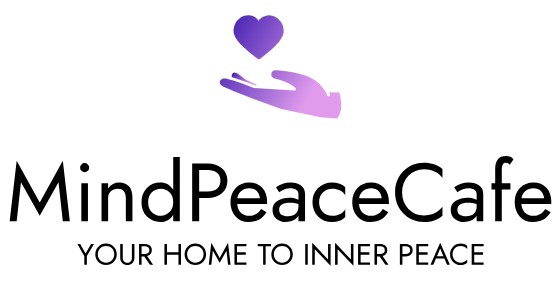Unveiling the Calm Within: Nurturing Autism with Mindfulness

Welcome to an exploration of how mindfulness and the Headspace for Kids app are proving to be effective strategies for children with autism. In this article, we delve into the powerful connection between mindfulness and autism, revealing how these practices can positively impact the lives of children on the autism spectrum. By uncovering the specific benefits of mindfulness for children with autism and thoroughly examining the features of the Headspace for Kids app, we aim to provide practical strategies and tips for implementing mindfulness in children’s daily routines. Join us as we navigate the world of mindfulness, revealing its potential to make a significant difference in the lives of children with autism.
1. Understanding Autism and Mindfulness
Understanding Autism and Mindfulness is an essential journey that uncovers the remarkable ways in which mindfulness positively impacts children on the autism spectrum. It’s a guiding light, showing how mindfulness practices can help children with autism navigate their emotions and sensory experiences in a world that may seem overwhelming. By exploring this intersection, we find that mindfulness can empower children to better understand and manage their emotions, leading to improved focus and decreased anxiety levels. With clear strategies and tools, we can create an environment where these children can thrive.
In recent studies, the link between mindfulness and its positive impact on individuals with autism has become increasingly evident. Mindfulness, whether through breathing exercises or sensory activities, provides children with autism a means of self-regulation and emotional understanding. This understanding is pivotal in helping children navigate the complexities of their daily lives, fostering their overall well-being and growth. Integrating mindfulness into their routines can provide a stable foundation from which they can learn, play, and interact with the world around them.
By acknowledging and embracing the unique perspectives of children with autism, we can further recognize the powerful role that mindfulness can play in their lives. It’s about realizing that mindfulness isn’t just a practice but a lifeline, offering a pathway for children with autism to feel more balanced, calm, and in touch with their inner selves.
2. Benefits of Mindfulness for Children with Autism

The benefits of mindfulness for children with autism are truly remarkable, offering specific advantages that cater to their unique needs. Mindfulness empowers these children by providing tools for emotional regulation and self-awareness, nurturing a sense of calm amidst the challenges they may encounter. Through mindfulness practices, children with autism can experience improved focus, reduced anxiety, and enhanced social interactions. This not only benefits their immediate well-being but also paves the way for long-term growth and development.
Recent research has unveiled the profound impact of mindfulness on children with autism, revealing how it equips them with essential coping mechanisms. For many children on the autism spectrum, sensory struggles and emotional regulation can be particularly challenging. Mindfulness acts as a gentle guide, helping them navigate these hurdles with greater ease. By fostering emotional resilience and self-esteem, mindfulness strengthens their ability to engage with the world around them, fostering a more harmonious and fulfilling life.
The advantages of mindfulness for children with autism extend beyond the individual to positively influence their families and communities. As these children become more adept at managing their emotions and connecting with others, they contribute to creating a more inclusive and understanding environment. Through mindfulness, children with autism can shine brightly, unlocking their full potential as they embrace the world with newfound confidence and strength.
3. Headspace for Kids App: A Tool for Mindfulness
The Headspace for Kids app has emerged as a valuable tool for children with autism, offering a safe space for them to explore mindfulness in an engaging and supportive way. This user-friendly app is designed to cater to the unique needs of children, providing a variety of mindfulness exercises and activities that promote emotional regulation and sensory awareness. The app’s intuitive design and colorful visuals create an inviting environment, making it an accessible platform for children with autism to engage with mindfulness practices seamlessly.
One of the standout features of the Headspace for Kids app is its adaptability, allowing children to explore mindfulness at their own pace and comfort level. With a range of activities tailored to different ages and abilities, the app ensures that children with autism can find exercises that resonate with them personally. From breathing exercises to visualization techniques, the app offers a diverse array of tools to help children cultivate a sense of calm and focus, empowering them to navigate their daily experiences with greater ease.
Furthermore, the Headspace for Kids app is not only a resource for children but also a valuable support for parents and caregivers. With its guidance on mindful parenting and age-appropriate content for children, the app fosters a shared understanding of mindfulness within the family unit, creating opportunities for collective growth and well-being.
4. Practical Strategies and Tips
When it comes to implementing mindfulness with the Headspace for Kids app into the daily routines of children with autism, there are several practical strategies and tips that can make a substantial difference in their well-being. Firstly, it’s essential to introduce mindfulness practices gradually, allowing children to familiarize themselves with the app’s features and the concept of mindfulness at their own pace. By making these practices a part of their daily routine, whether in the morning or before bedtime, children can begin to associate mindfulness with a sense of comfort and stability.
In addition, it can be beneficial to incorporate visual and sensory elements into mindfulness sessions. For instance, creating a dedicated space with soothing colors, soft textures, and familiar objects can enhance the overall experience, making mindfulness sessions more inviting and calming for children with autism. Furthermore, caregivers and parents can actively participate in mindfulness exercises alongside their children, fostering a sense of togetherness and support during these sessions.
The Headspace for Kids app also provides an array of practical tools and exercises that cater to the unique needs of children with autism. From breathing exercises to body scans, the app offers a diverse range of activities that can be tailored to suit the individual preferences and comfort levels of each child. By integrating these activities into their daily routines, children with autism can gradually develop and strengthen their mindfulness skills, contributing to a greater sense of emotional regulation and overall well-being.
How can mindfulness help children with autism?
Mindfulness can help children with autism by providing tools for emotional regulation, sensory awareness, and improved focus. Through mindfulness practices, children can develop a greater understanding of their emotions, leading to reduced anxiety and enhanced social interactions. It empowers them to navigate their daily experiences with greater ease and can contribute to their overall well-being and development.
What are the specific benefits of the Headspace for Kids app for children with autism?
The Headspace for Kids app offers a variety of mindfulness exercises and activities designed to cater to the unique needs of children with autism. It provides a supportive and engaging platform for children to explore mindfulness at their own pace. The app’s adaptability and diverse range of exercises, from breathing techniques to visualization activities, empower children to cultivate a sense of calm, focus, and emotional resilience.
How can parents and caregivers support children with autism in implementing mindfulness practices?
Parents and caregivers can support children with autism in implementing mindfulness practices by gradually introducing mindfulness into daily routines and creating a calming environment for mindfulness sessions. Active participation in mindfulness exercises alongside their children can foster a sense of togetherness and support. The Headspace for Kids app also provides age-appropriate content for children and guidance on mindful parenting, offering valuable resources for parents and caregivers.




